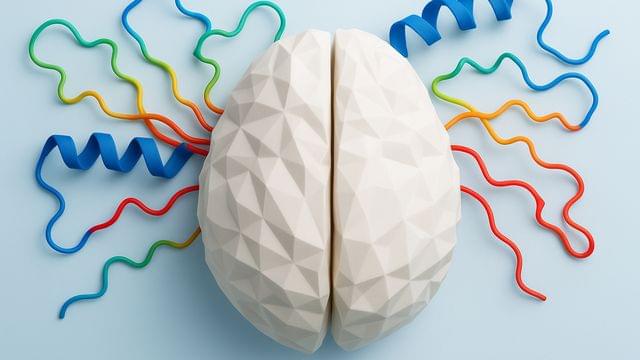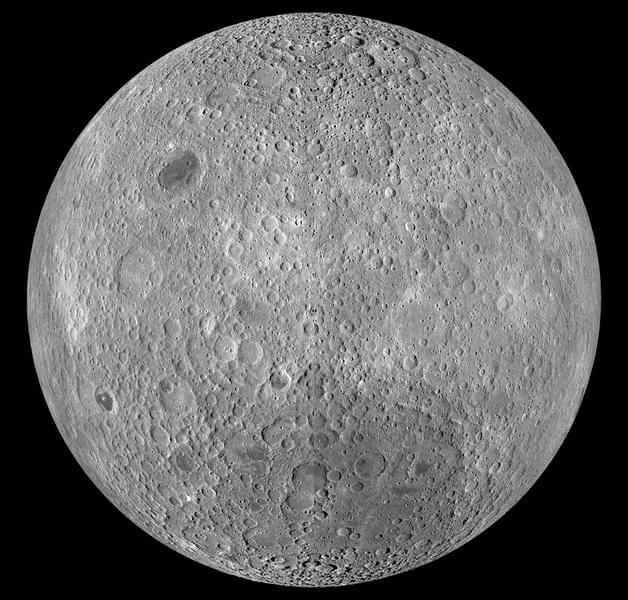Smart resin forms tough parts with UV light and dissolvable supports with visible light. This dual nature can make 3D printing waste-free.







IN A NUTSHELL 🌌 Quark-gluon plasma dominated the universe’s earliest microseconds, shaping the cosmos we know today. 🔬 Researchers used lattice QCD and Monte Carlo simulations to unravel the complexities of the strong nuclear force. 📈 The study revealed that even at extreme temperatures, the strong force influenced particle behavior more than previously believed. 📚



A large impact could have briefly amplified the moon’s weak magnetic field, creating a momentary spike that was recorded in some lunar rocks. Scientists may have solved the mystery of why the moon shows ancient signs of magnetism although it has no magnetic field today. An impact, such as from a large asteroid, could have generated a cloud of ionized particles that briefly enveloped the moon and amplified its weak magnetic field.
Where did the moon’s magnetism go? Scientists have puzzled over this question for decades, ever since orbiting spacecraft picked up signs of a high magnetic field in lunar surface rocks. The moon itself has no inherent magnetism today.
Now, MIT scientists may have solved the mystery. They propose that a combination of an ancient, weak magnetic field and a large, plasma-generating impact may have temporarily created a strong magnetic field, concentrated on the far side of the moon.
